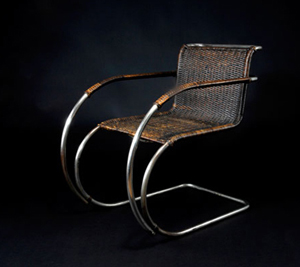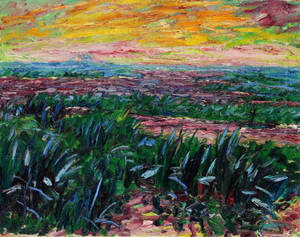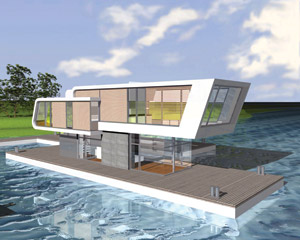
It is not often that a fusion of personalities and talents completely changes popular style. Yet architect Walter Gropius and his little group of artist/teachers and pupils left a lasting impact on everything from furniture and toys, to windows and buildings. The year was 1919 and the place, which many Germans don’t even realize, was Weimar, Germany.
Hence the name of the current multilocation exhibit “Der Bauhaus Kommt aus Weimar,” (The Bauhaus Comes from Weimar), on view until July 5 in this lovely city of Goethe, Schiller and Art Nouveau. www.das-bauhaus-kommt.de
“In the beginning it was not easy. Gropius was asked to bring these two art schools, the Kunstgewerbeschule and the Kunstschule, together,” said Arthur Floss of Quittenbaums, Munich. “But he pushed the curriculum and got the right teachers.”



